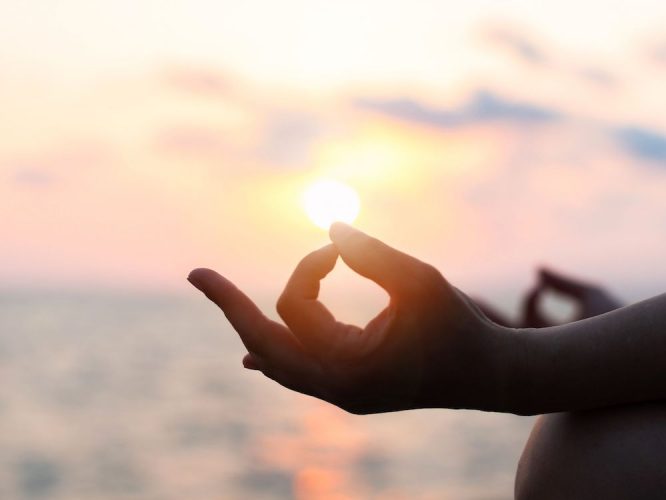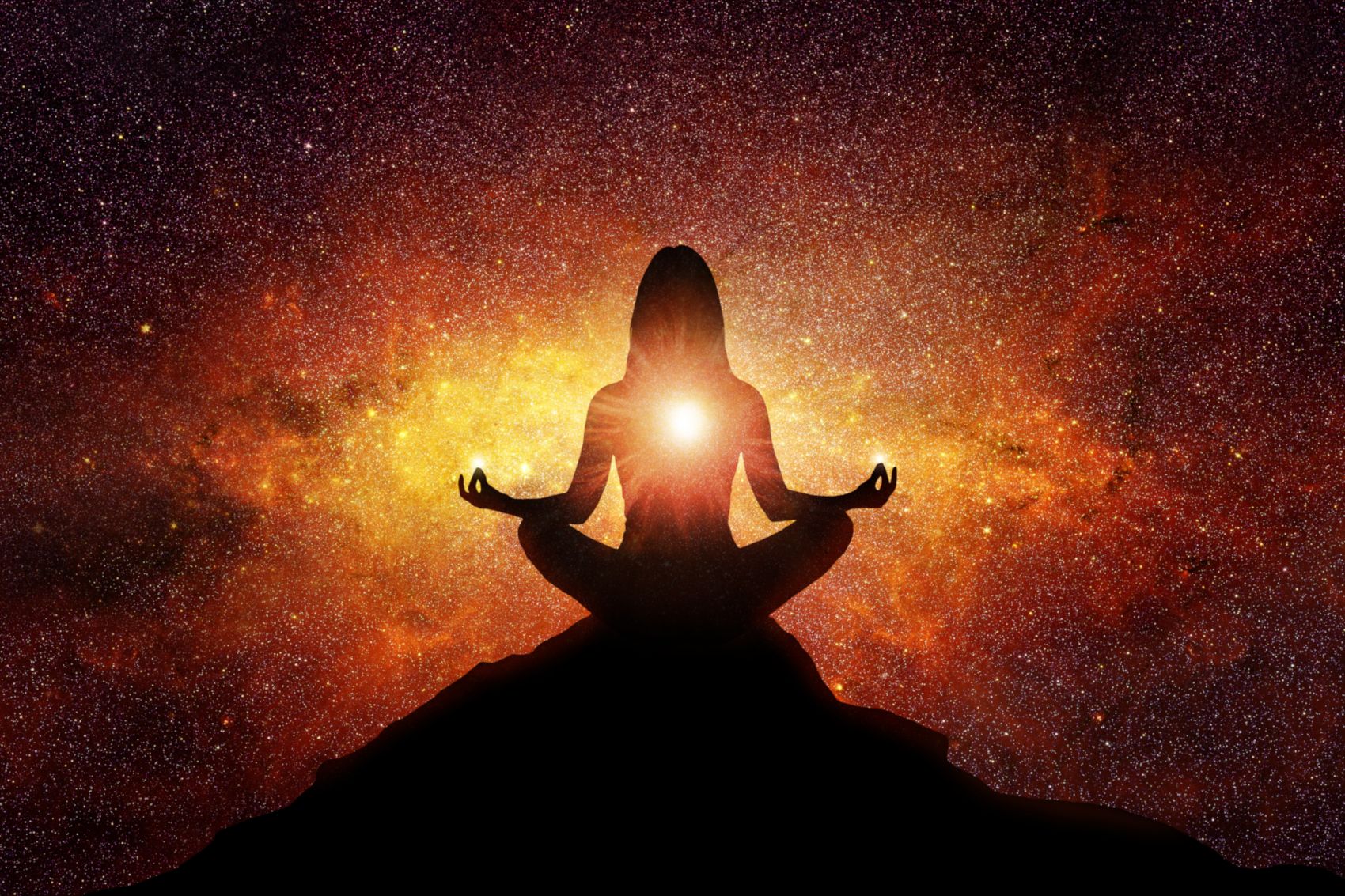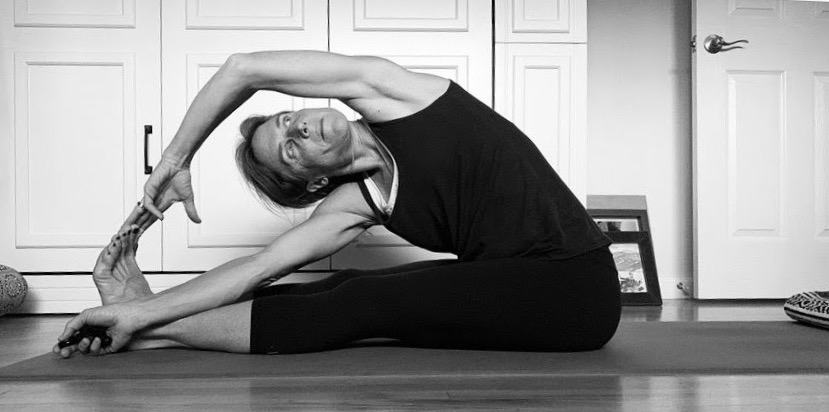There seems to be a common misconception about meditation, which is, “I can’t meditate because I can’t clear all my thoughts.” To which I say, “Well yes, we don’t live in caves.” We live busy and demanding days and, for many years, we’ve acquired layers and layers of experiences that dictate our thoughts and emotions. Asking ourselves to sit quietly and wipe the slate clean is setting ourselves up for failure at the start. It’s impossible.
We need our thoughts to help us navigate our lives, hold memories, plan for the future, and interact with others. It’s not to say that thoughts are bad. They aren’t. We love our beautiful minds. However, there is freedom in understanding that our minds work very hard to run the show. Our thoughts and emotions have the ability to guide us around by a leash, yanking and pulling in whatever direction they see fit. Sometimes this is helpful, and oftentimes not so much. The good news is that we can train our mind to be useful and happy.
Meditation strengthens our ability to see thoughts as mere energy blips and not necessarily our true reality or the results of the leash-pulling. Noticing our thinking mind and having an internal dialogue about the truth of what’s being thought is a type of meditation that can help us consciously decide what thoughts contribute to our happiness and which thoughts impede our happiness.
Meditation allows us to sit with our inner dialogue and intentionally make a choice to not engage, change the channel, not complete the story. For example, we sit and notice the mind talking about (insert thought bubble) “the grocery list and don’t forget to get the tomatoes, like I did last time because I’m always so disorganized and I always forget things… and that meal would have been so much better if I didn’t forget the tomatoes, even the guests thought so… in fact, I’m really not a very good cook at all… and if only I could just plant a tomato in a garden…” During meditation, the idea would be to “wake up” and notice that those thoughts are not in the present moment and likely not very true. You could then return to the breath (or whatever method you are using to help you stay focused on the present) and ultimately discard the useless internal banter, giving your mind a break – like a little rest period before we dive back into the pool of our thoughts all day long.
It’s not about not having thoughts. It’s about making a decision to not participate in creating stories around our negative and useless thoughts. While meditating, we are saying, “no thank you, thinking mind; not right now,” over and over and over. Sharon Salzberg, a master meditation teacher (and one of my teachers), would call this the most important part: that moment we decide to return to the breath. And, incidentally, she couldn’t care less about how many times we need to do that.
We are not our thoughts. We are the awareness of those thoughts. This is, as my teacher says, “a big ole’ deal” and takes practice to discern. However, when we start to understand this, there is a sense of freedom. Humans have the ability to pay attention to our thoughts, question them, utilize the ones that move us forward, and discard the ones that don’t serve us well. This is a tremendous gift. Why not take advantage of it?















2 replies on “One of the Many Gifts of Meditation”
This is a very helpful article! Thank you!
Thank you, Kathleen! I am very happy to know that.